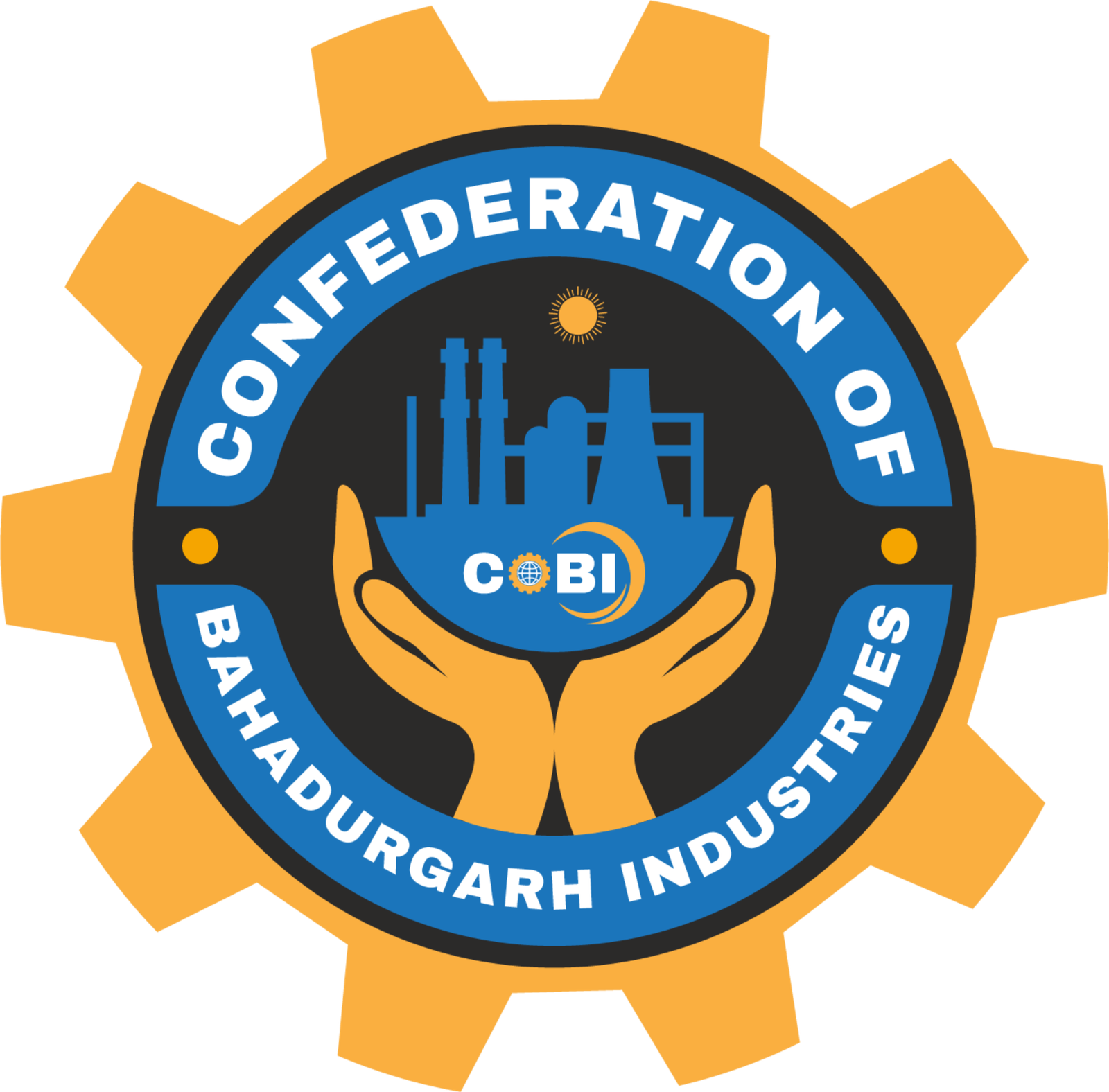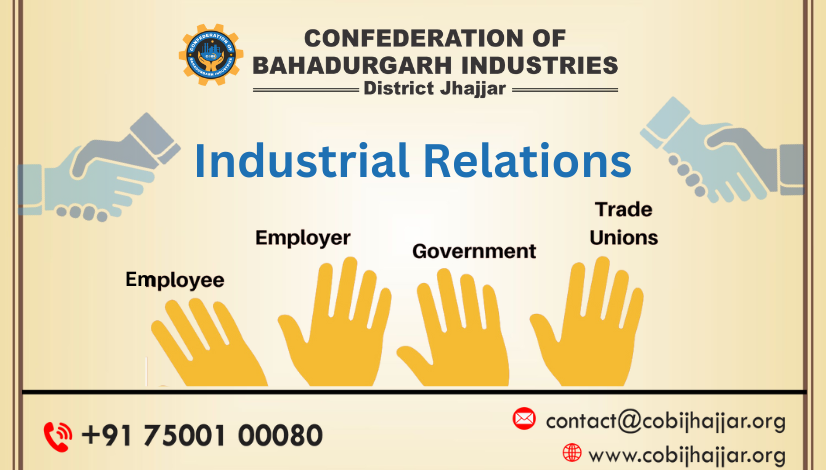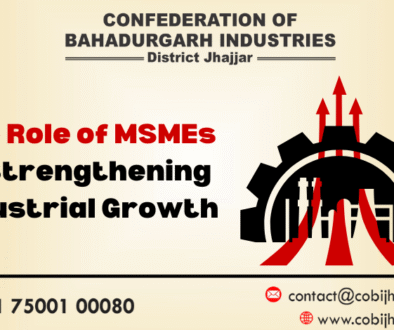Navigating the Dynamics of Industrial Relations: A Comprehensive Guide
A Comprehensive Guide
In the realm of modern business, achieving a harmonious and productive work environment is a cornerstone of success. This is where industrial relations come into play, serving as the bedrock for effective collaboration between employers and employees. In this enlightening blog, we delve into the intricacies of industrial relations, exploring key concepts, strategies, and best practices for fostering a workplace where both parties thrive.
Decoding Industrial Relations: What You Need to Know
Industrial relations refer to the dynamic interplay between employers, employees, and their representatives within an organization. It encompasses a range of interactions, including negotiations, conflicts, cooperation, and dialogue. The goal is to strike a balance between the interests of management and the well-being of the workforce, ensuring a fair and conducive work environment.
Promoting Workplace Harmony and Productivity
A cornerstone of effective industrial relations is promoting workplace harmony. When employees feel valued, heard, and respected, they are more likely to be engaged and productive. Open lines of communication, transparent policies, and equitable treatment are essential components of nurturing a positive work atmosphere.
Navigating Employee Relations and Conflict Resolution
In any workplace, conflicts and disagreements are inevitable. However, how these conflicts are managed can make all the difference. Effective industrial relations involve establishing mechanisms for conflict resolution, such as grievance procedures and mediation. By addressing issues promptly and fairly, organizations can prevent tensions from escalating and maintain a harmonious environment.
The Role of Labour Unions
Labour unions play a pivotal role in industrial relations by advocating for workers’ rights and interests. They negotiate on behalf of employees, ensuring that their concerns are addressed and their well-being is safeguarded. Collaborating with labour unions can lead to mutually beneficial outcomes, fostering a sense of partnership between management and the workforce.
Enhancing Employee Engagement Through Participation
Engaged employees are more likely to contribute positively to an organization’s success. Industrial relations involve creating avenues for employee participation, whether through feedback mechanisms, suggestion boxes, or involvement in decision-making processes. Empowering employees to have a voice cultivates a sense of ownership and commitment.
Collective Bargaining: Reaching Consensus for Progress
Collective bargaining is a crucial aspect of industrial relations, where representatives from both sides negotiate terms and conditions of employment. This process helps establish agreements on wages, working hours, benefits, and other pertinent matters. By fostering an atmosphere of mutual respect and compromise, collective bargaining can lead to outcomes that satisfy both parties.
Strategies for Effective Industrial Relations
1. Communication Channels: Establish clear and open channels of communication to ensure that information flows smoothly between management and employees.
2. Employee Development: Invest in training and development programs that enhance employees’ skills, contributing to their job satisfaction and overall engagement.
3. Conflict Management: Implement structured conflict resolution mechanisms to address issues promptly and prevent them from escalating.
4. Recognition and Rewards: Acknowledge and reward employees’ contributions to reinforce a culture of appreciation and motivation.
Embracing the Future: Adapting to Changing Dynamics
Industrial relations are not static; they evolve with the changing landscape of the workplace. Globalization, technological advancements, and shifting workforce demographics introduce new challenges and opportunities. By staying attuned to these trends and adapting strategies accordingly, organizations can ensure that their industrial relations remain effective and relevant.
In conclusion, industrial relations form the backbone of a harmonious and productive work environment. By fostering workplace harmony, addressing conflicts, and valuing employee contributions, organizations can create a culture of collaboration and mutual respect. As you embark on your journey to understanding industrial relations, remember that a well-managed and engaged workforce is the key to unlocking success.
As you navigate the dynamic world of industrial relations, equip yourself with the knowledge and strategies to create a workplace where collaboration, engagement, and productivity thrive.




